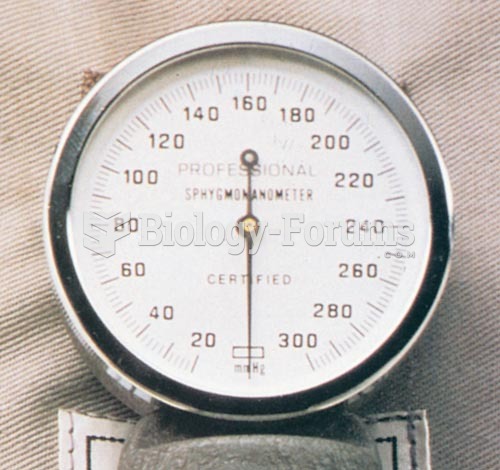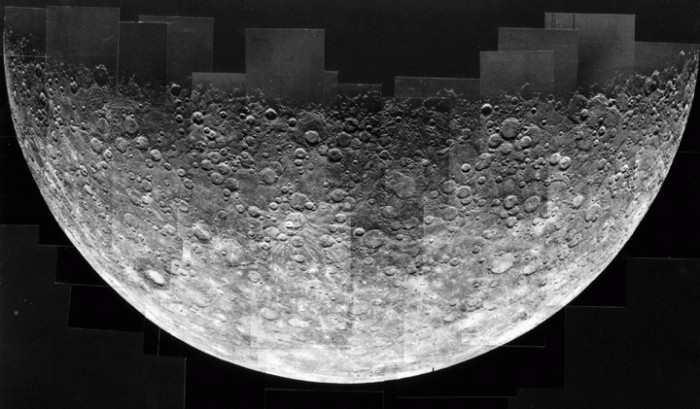|
|
|
Excessive alcohol use costs the country approximately $235 billion every year.
In 2010, opiate painkllers, such as morphine, OxyContin®, and Vicodin®, were tied to almost 60% of drug overdose deaths.
Stevens-Johnson syndrome and Toxic Epidermal Necrolysis syndrome are life-threatening reactions that can result in death. Complications include permanent blindness, dry-eye syndrome, lung damage, photophobia, asthma, chronic obstructive pulmonary disease, permanent loss of nail beds, scarring of mucous membranes, arthritis, and chronic fatigue syndrome. Many patients' pores scar shut, causing them to retain heat.
Warfarin was developed as a consequence of the study of a strange bleeding disorder that suddenly occurred in cattle on the northern prairies of the United States in the early 1900s.
Oliver Wendell Holmes is credited with introducing the words "anesthesia" and "anesthetic" into the English language in 1846.
 This depiction breaks stereotypes, but is historically accurate. Shown here is an Iroquois fort. Can ...
This depiction breaks stereotypes, but is historically accurate. Shown here is an Iroquois fort. Can ...
 In-line blending is the most accurate method for blending ethanol with gasoline because computers ...
In-line blending is the most accurate method for blending ethanol with gasoline because computers ...





